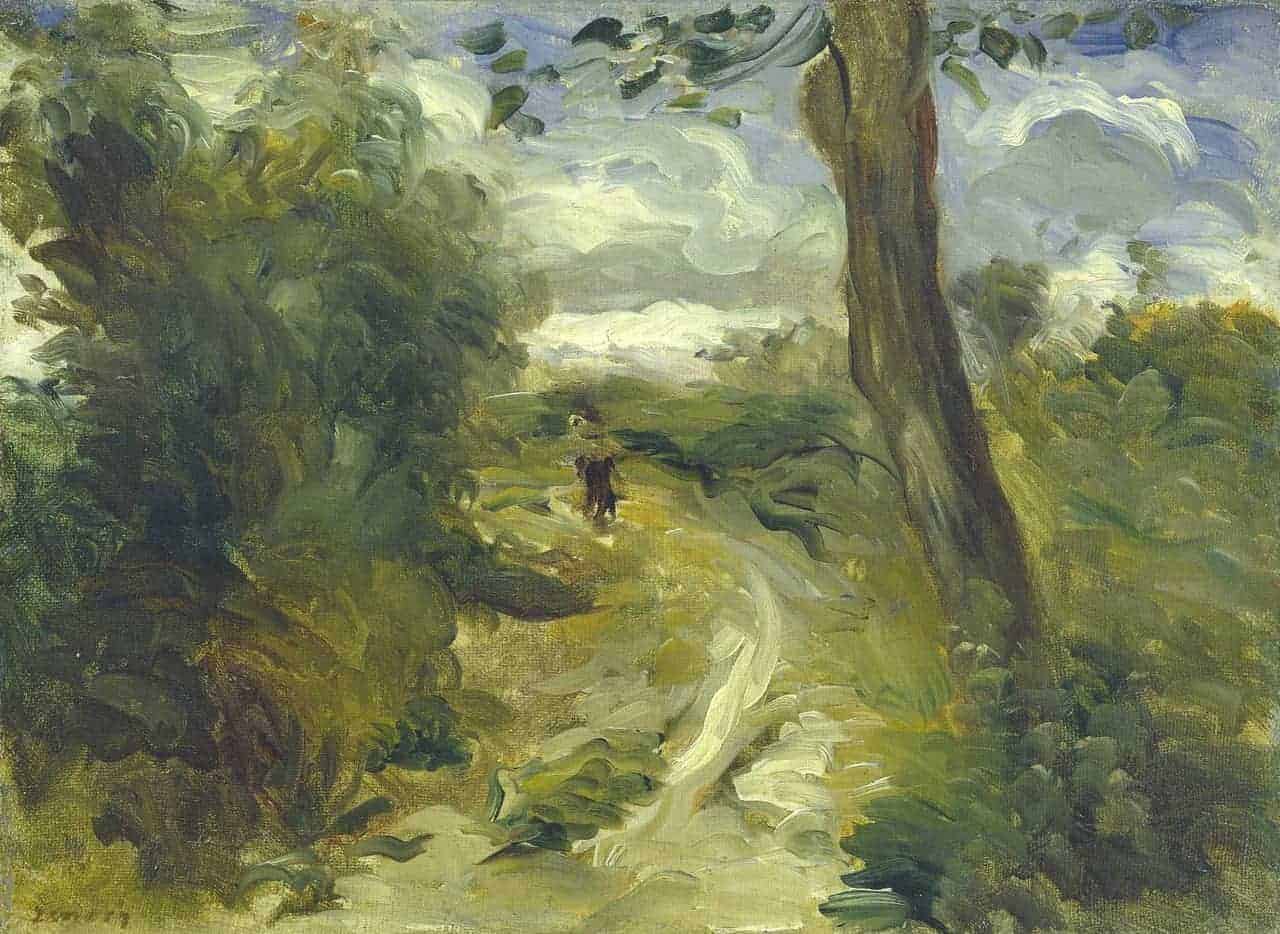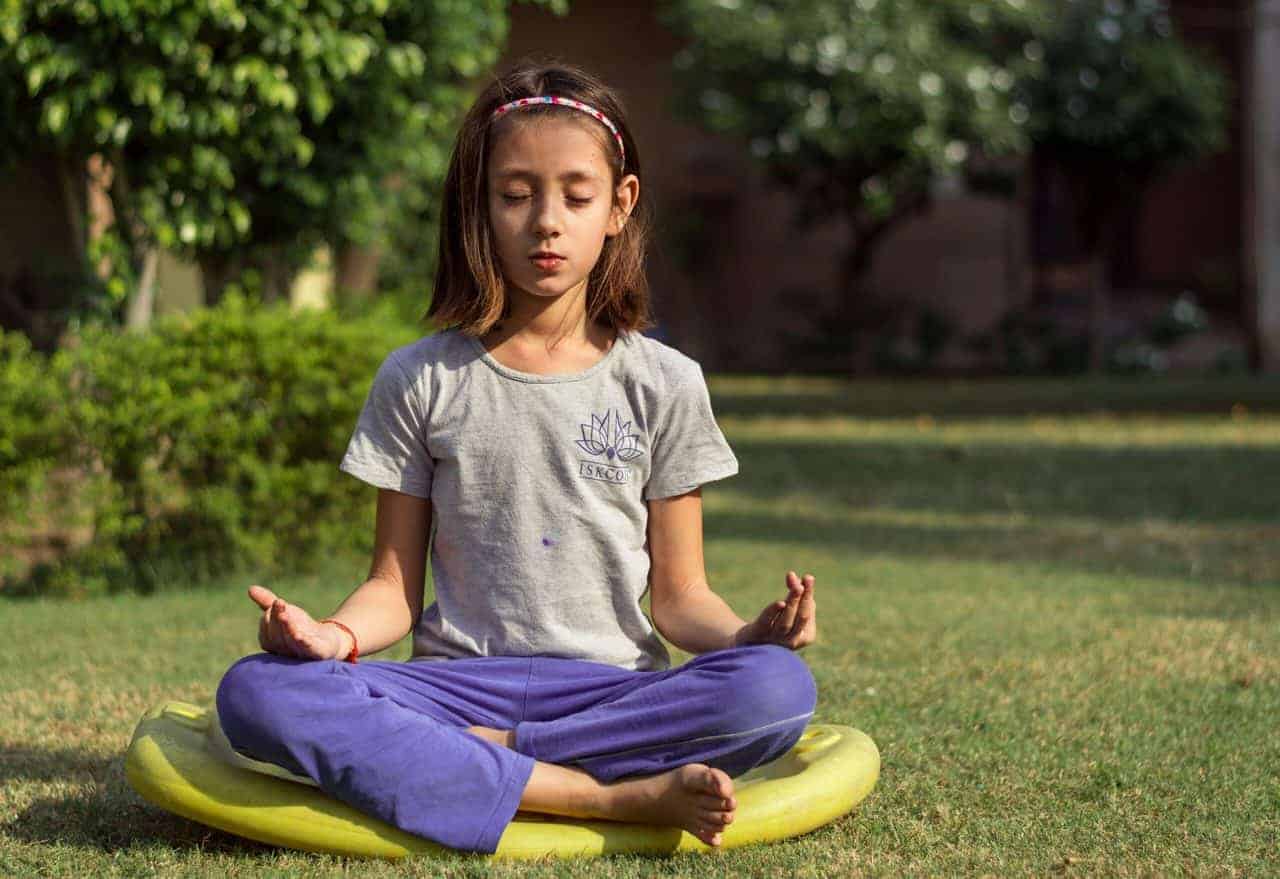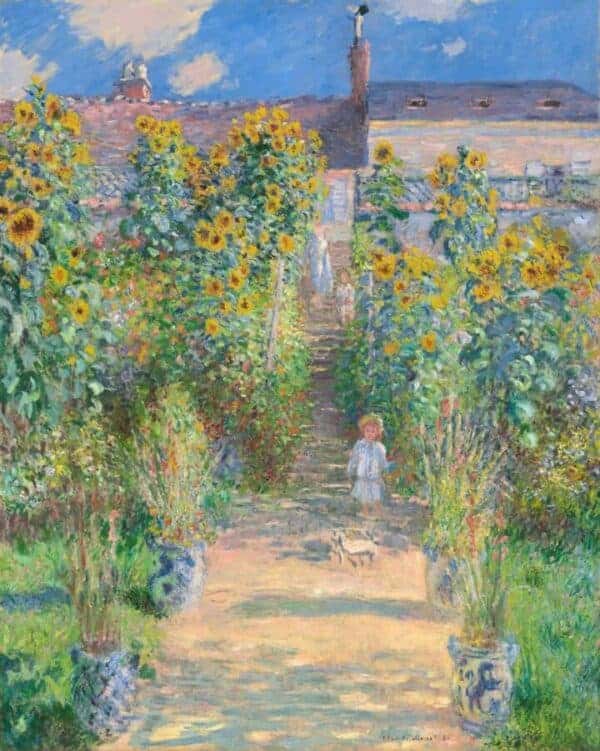Mental Health and Conditions
PTSD in Children
THC Editorial Team July 13, 2021

Contents
- Overview
- What Is PTSD?
- Can Children Have PTSD?
- Symptoms of PTSD in Children
- How Is PTSD Diagnosed in Children?
- Risk Factors for Childhood PTSD
- Treatments for PTSD in Children
What Is PTSD?
Posttraumatic stress disorder, or PTSD, is a mental health condition that can occur after a person has experienced a frightening, stressful, or violent event. Whereas the majority of people recover naturally from a traumatic experience, in those affected by PTSD, memories of the trauma can cause debilitating emotional stress and other symptoms that interfere with daily activities and relationships with loved ones.1
The Diagnostic and Statistical Manual of Mental Disorders (5th edition; DSM-5) classifies PTSD within the family of trauma- and stressor-related disorders.
Can Children Have PTSD?
Any child may experience a traumatic event; however, while some children recover shortly thereafter, others are subject to the long-term effects of PTSD. The DSM-5 indicates that the general PTSD diagnosis is applicable to children aged 1 year and older.2 Particularly stressful events, such as injuries, violent events, abuse (emotional, physical, or sexual), or death, are more likely to induce symptoms of PTSD in children.3
Notably, PTSD that occurs in childhood may differ in how symptomology is expressed. For example, while adults may be able to verbally communicate their symptoms effectively, children may better express the effects of their trauma through play.4 Notably, in 2013, the DSM-5 included the concept of early childhood PTSD (i.e., PTSD diagnosed in children aged 6 years and younger) as its “first development subtype of an existing disorder” after research began suggesting that PTSD is expressed differently based on age.5 When the new DSM-5 developmental criteria began to be used in empirical studies aimed at validating the new subtype, three to eight times more study subjects qualified for a PTSD diagnosis when compared to previous criteria from the DSM-4.5
Common events associated with childhood PTSD include the following:6
- car accidents
- animal attacks
- natural disasters
- neglect
- physical or sexual abuse
Symptoms of PTSD in Children Older Than Age 6
According to the DSM-5, PTSD symptoms can be expressed behaviorally, cognitively, and verbally following exposure to actual or potential death, significant injury, or sexual abuse. Some of the general symptoms of PTSD are described in this section, with corresponding differences for children older than age 6 notated where applicable.2
Intrusion
The individual may experience:
- recurrent memories of the traumatic event that intrude upon daily experiences; for children, themes of the traumatic event may appear during play
- distressing dreams related to the event; children with PTSD may experience nonspecific scary dreams
- dissociative experiences such as flashbacks; for children, dissociative experiences may appear during play as reenactments of the traumatic material
- intense adverse psychological and physical reactions in response to reminders of the trauma
Avoidance
The individual may:
- avoid or attempt to avoid feelings, thoughts, or memories that are reminders of the event
- avoid or make an effort to avoid physical reminders of the trauma, including things, places, or people
Negative Changes in Mood and Cognition
The individual may experience:
- increases in negative emotional states, such as sadness, shame, or guilt
- decreased interest or participation in activities
- social withdrawal
- reduced expression of positive emotions
- difficulty remembering details about the trauma
Changes in Arousal and Reactivity
The individual may experience:
- disturbances in sleep
- irritability and outbursts of anger induced by little or no encouragement (includes verbal or physical aggression toward objects or others)
- difficulty with concentration
- hypervigilance
- excessive response to being startled
PTSD in Early Childhood
The separate DSM-5 diagnostic criteria for the developmental PTSD subtype indicate that children aged 6 years and younger can be diagnosed with PTSD if they experience a traumatic event firsthand, learn that a traumatic event has happened to another person (particularly a primary caregiver), or witness a traumatic event happening to someone else (excluding events that were witnessed through television, movies, pictures, or other forms of media).2 The DSM-5 encourages practitioners to particularly consider the behaviorally expressed symptoms of PTSD for this subtype since other forms of expression, such as cognitive and verbal expression, are less developed in early childhood.4 For example, practitioners are encouraged to pay close attention to any expression of symptoms that might manifest during play.4 Finally, the DSM-5 criteria for PTSD developed in early childhood do not include self-blame or negative self-beliefs since the complexity of such thoughts is not likely present at this developmental level.4
The symptoms of PTSD in early childhood are similar to the symptoms of PTSD in children older than 6, except for the following:2
- Intrusive memories may not appear distressing and may be reenacted as play.
- Frightening aspects of dreams may not seem directly attributable to the traumatic event.
- The child may experience one or more of the following symptoms:
- persistent avoidance of stimuli that are reminders of the event
- negative changes in cognitions, including
- increases in negative emotional states, such as sadness, shame, or guilt;
- decreased interest or participation in activities;
- social withdrawal; and
- reduced expression of positive emotions.
- The child may exhibit changes in arousal and reactivity, as evidenced by the child expressing two or more of the following:
- irritability and outbursts of anger induced by little or no encouragement
- hypervigilance
- excessive response to being startled
- difficulty with concentration
- difficulty with sleep
Diagnostic Specifiers
In some cases, practitioners may also distinguish between the following specifiers in all types of childhood PTSD:2
Dissociative specifier.
- derealization: The individual experiences feelings of unreality toward their environment; in other words, the child perceives that their surroundings are dreamlike or distorted.
- depersonalization: The individual experiences feelings of detachment from their mind or body, has feelings of unreality regarding their mind or body, or resides in a dreamlike state.
Delayed expression specifier.
- A scenario in which most PTSD symptoms are not apparent until at least 6 months after the trauma.
How Is PTSD Diagnosed in Children?
In general, to be diagnosed with PTSD, a child will need to be examined by a psychiatrist, a psychologist, or another mental health practitioner. The clinician will inquire about the nature of the traumatic experience and screen the child for symptoms; if appropriate, the clinician may also observe the child’s play activity. To qualify for a PTSD diagnosis, the child must experience symptoms that persist for at least 1 month and interfere with everyday life. To be diagnosed, children older than age 6 must exhibit at least one symptom of intrusion, at least one symptom of avoidance, at least two changes in mood and cognition, and at least two changes in arousal and reactivity. Children aged 6 years and younger must exhibit at least one symptom of intrusion, at least one symptom of either avoidance or a change in mood and cognition, and at least two changes in arousal and reactivity.2
Risk Factors for Childhood PTSD
Factors such as adversity and previous trauma, gender differences and sex differences, and lack of social support may increase an individual’s chance of developing childhood PTSD.
Childhood Adversity and Previous Trauma
Experiencing multiple instances of trauma can increase the likelihood that a person will develop childhood PTSD.6 For example, difficulties in the home, such as neglect, abuse, or poverty, can increase the chances of a child developing PTSD.7
Paul Stallard and colleagues (1998) investigated the pervasiveness of PTSD in children involved in traffic accidents. Results indicated that 34.5% of children involved in traffic accidents exhibited symptoms of PTSD in comparison to only 3% of children with sports injuries. Further, the study noted that previous trauma, gender differences and sex differences, and subjective feelings of a threat to one’s life significantly impacted a child’s risk for developing PTSD.8
Gender Differences and Sex Differences
Some studies have shown that girls are more likely than boys to show signs of childhood PTSD following a traumatic event.9 A meta-analysis conducted by David Tolin and Edna Foa, in 2006, covering 25 years of research, found that for similar post-traumatic events (excluding sexual assault or abuse), females showed greater PTSD. The analysis also found that females were more likely than males to experience sexual assault and child sexual abuse but less likely to experience accidents, nonsexual assaults, witnessing death or injury, disaster or fire, and combat or war.10
Social Support and Familial Influence
Without having a stable support system, especially with caregivers, a child may feel alone in their struggles, thus decreasing their ability to cope with distress after a traumatic event. As a result, a lack of social support and absent or negative interactions with caregivers can increase the risk of developing PTSD.11 In one study published in 2009, researchers at the University at Buffalo and the University of Memphis studied how social support and network orientation (i.e., a person’s opinion on the effectiveness of using support systems for coping with stress) affected the development and severity of PTSD in children. By examining child survivors of vehicular accidents, the researchers found that the development and severity of PTSD was higher in children who had less social support as well as a negative network orientation.11
Familial influence can also potentially affect PTSD development in children. For example, researchers at the University of Queensland in Australia investigated parental distress and PTSD as a risk factor for PTSD in their children. Published in 2014, this study examined a sample of 120 parents and their children, the latter of whom were aged 1 to 6 years old and had accidental burn injuries. In the first few weeks, 25% of parents showed possible PTSD, anxiety, and depression. At the 6-month marker, 5% of parents still showed symptoms of PTSD. Researchers found that parental PTSD reactions to the child’s injury were positively correlated with the development and maintenance of PTSD diagnosed in the children.12
Neurological Anomalies
Few studies on the effects and involvement of the brain in childhood PTSD have been conducted.13 However, one research study published in 2005 inspected the neurobiological factors associated with the dissociative symptom in children and adolescents with PTSD. After studying 309 papers on the neurological basis for dissociative trauma disorders in children, the researchers found that children with PTSD were more likely to experience permanent damage to the neurochemical processes of the brain, such as in the hypothalamic-pituitary-adrenal axis, which is responsible for the body’s stress response, as well as damage to the limbic system, which is responsible for emotional and behavioral responses. Additionally, results showed that children and adolescents with PTSD had a smaller cerebellum, the part of the brain that corresponds with problem-solving skills. Specifically, the researchers theorize that this damage was likely due to high cortisol levels, the stress hormone that is thought to be toxic to the developing brain.13
Researchers have also used adult studies to understand how the brains of children with PTSD may be affected. In one study published in 2001, researchers at the Emory University School of Medicine reviewed the behavioral and biological effects of PTSD and applied them to a developmental context. Their findings indicate that traumatic events are associated with dysfunction in the hypothalamic-pituitary-adrenal axis (involved in the stress response), the noradrenergic system (involved in a person’s alertness and arousal), and the hippocampal systems (involved in learning and memory).14 Another study published in the same year showed that individuals with PTSD experienced decreased activation of the thalamus (involved in sensory awareness) and anterior cingulate (involved in emotion and impulse control) compared to healthy control subjects.15
Treatments for Childhood PTSD
A child (and/or the child’s parent or caregiver) must receive advice from mental health professionals about their issues with PTSD. It can be very beneficial for a child to learn how their feelings can be managed to better cope with and recover from PTSD symptoms. In some cases, in conjunction with psychotherapy, a physician may prescribe medication for children whose symptoms are severe.
Treatments for childhood PTSD are usually multimodal and can include treating the affected child, involving the parents or caregivers, and facilitating support structures within schools.16
Psychotherapy
Psychotherapeutic intervention is usually the first-line treatment for children who have PTSD.16 During psychotherapy, a therapist might use drawing, writing, speaking, or playing to interact effectively with a child coping with PTSD. The following treatments represent a selection of the numerous psychotherapeutic interventions currently used with children diagnosed with PTSD.
Trauma-Focused Cognitive Behavioral Therapy.
The most commonly used form of psychotherapy for childhood PTSD is trauma-focused cognitive behavioral therapy (TF-CBT).16 TF-CBT is an evidence-based psychotherapeutic approach that aims to modify a child’s negative thoughts, feelings, and behaviors in response to a traumatic event.17 Children work through distorted views about their traumatic experience by identifying and exploring negative thought patterns, making meaning of their traumatic experience and trauma narrative, and learning new skills to cope with everyday stressors.17 Randomized and controlled studies have demonstrated that TF-CBT is the most effective psychotherapy for childhood PTSD.18
One study published in 2010 investigated whether the benefits of TF-CBT could be seen in children aged 3 to 6 years old regardless of trauma type. The researchers found that results of TF-CBT in children experiencing PTSD due to various trauma types were consistent with those in children who experienced PTSD in the context of sexual abuse. They concluded that TF-CBT is effective in treating symptoms of childhood PTSD across different traumas.19
Preschool PTSD Treatment.
Preschool PTSD treatment (PPT) is targeted specifically at children with PTSD aged 3 to 6 years. PPT is similar to TF-CBT, except that the child’s parent fully participates in the entire session.20
Child-Parent Psychotherapy.
Child-parent psychotherapy (CPP) is an attachment-based form of psychotherapy for young children aged birth to 6 years, emphasizing strengthening the parent/primary caretaker-child bond to enhance the healing of trauma. CPP draws from attachment theory, psychodynamic theory, and cognitive behavioral therapy.20,21
Combined Parent-Child Cognitive Behavioral Therapy.
The target group for combined parent-child cognitive behavioral therapy (CPC-CBT) comprises children who have experienced parental or caregiver physical abuse. In CPC-CBT, the parent implicated in the abusive behavior is also involved and meets with the child in every therapy session. The parent takes responsibility for their behavior, and nonthreatening parental strategies are espoused.20
Trauma Affect Regulation: Guide for Education and Therapy (TARGET).
This form of therapy is a type of TF-CBT specifically for teens with complex trauma.21
Eye Movement Desensitization and Reprocessing (EMDR).
EMDR involves rapid lateral eye movements during a therapy session and is designed to help people directly access distressing memories and process any lingering trauma associated with them.21
Cognitive-Based Trauma Therapy.
This form of therapy is similar to TF-CBT except that “it does not include relaxation and has a specific focus on integrating cognitive restructuring throughout treatment.”21
Kid Narrative Exposure Therapy (KidNET).
This form of therapy draws from narrative therapy used for adults and is particularly useful for children affected by war and/or displacement.21
Cognitive-Behavioral Intervention for Trauma in Schools (CBITS).
This group-based therapy influenced by CBT encourages “peer support and resiliency modeling” to help children overcome the effects of trauma.21
Trauma Grief Component Treatment (TGCT).
This group-based therapy geared towards older children and adolescents and influenced by CBT includes trauma and grief treatment components.21
Extending and Enhancing Resiliency Amongst Students Experiencing Stress (ERASE-Stress).
ERASE-Stress is a group-based therapy delivered by teachers that is designed for children affected by war and/or displacement.21
Group Trauma-Focused CBT.
Group TF-CBT usually takes place in community centers.21
Medication
Though not a primary method for treating PTSD in children, in some cases, medical professionals may advise the use of medication alongside psychotherapy. The research backing the use of medication in children and adolescents with PTSD is sparse. Still, in cases where the child is experiencing severe PTSD symptoms or dealing with one or more other mental health conditions, medication may help improve emotional symptoms.22
Antidepressants are the most often used medication for childhood PTSD; the most commonly prescribed antidepressants to treat childhood PTSD are selective serotonin reuptake inhibitors (SSRIs).22 The goal of SSRI intervention in a child with PTSD is to reduce reexperiencing symptoms, hyperarousal, and avoidant behaviors, thus easing their way into recovery.22 However, while effective in treating PTSD in adults, data to support the effectiveness of SSRIs for children with PTSD is limited.23
Clonidine and guanfacine, two alpha-2 adrenergic agonists, showed some therapeutic benefits for children and adolescents with PTSD in a pilot study but not yet in a randomized clinical trial.23
Based on clinical case reports, prazosin, an alpha-1 adrenergic antagonist, has been seen as effective at treating sleep difficulties, such as nightmares and difficulty staying asleep, in children with PTSD.23
Propranolol, a beta-blocker, may also be successful at treating PTSD symptoms in children, as demonstrated in a pilot study, but has yet to be supported by a randomized clinical trial.23
Some studies have also looked at the effectiveness of second-generation antipsychotics and anticonvulsant medication, but results so far have been mixed.23









